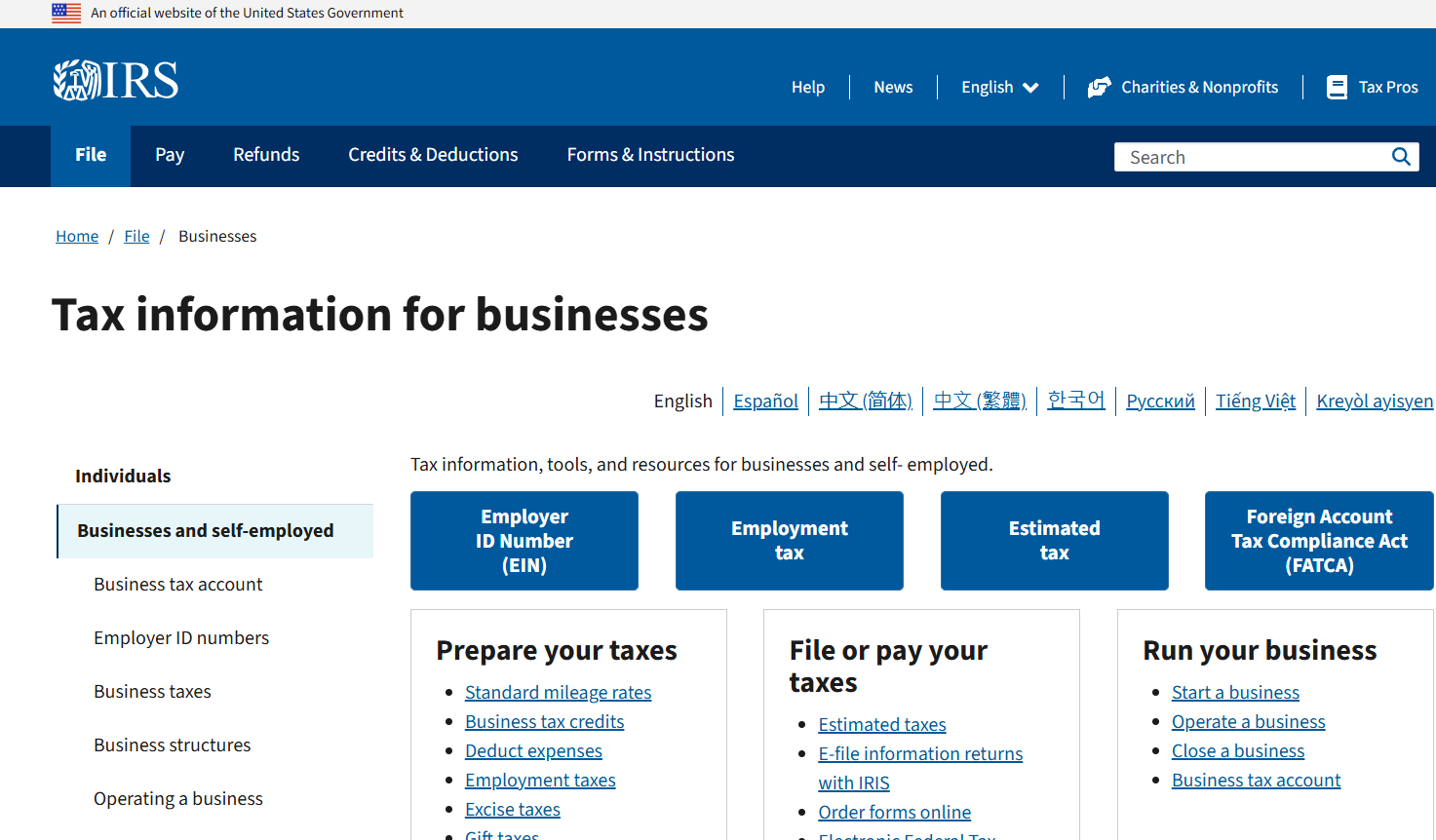Business Travel to a Foreign Country
The rules get more complex when foreign travel is involved. Read on for more information.
Travel outside of the United States brings about some different tax considerations. The general rule is that if the trip is entirely for business purposes, you can deduct all the travel costs, plus meals (at 50%), lodging, and some incidental costs such as for laundry and dry cleaning. If the trip is primarily personal, none of the costs of travel to and from the destination are deductible, even if some time is spent on business. Lodging, meals, etc. would be deductible for the business days.
The rules are more complex if the trip is primarily but not entirely for business. In this case, unless an exception applies as discussed below, the costs allocable to the personal (vacation) part of the trip cannot be deducted. For example, if the trip covers ten days—four personal and six business—meals, lodging, etc. are only deductible for the business days. Furthermore, only 60% of the travel costs (airfare, etc.) are deductible, reflecting the fact that only 60% of the days of the trip were business days.
Note, however, that the allocation of part of the travel costs to the nondeductible portion need not be made if the primary purpose of the trip is business and the trip does not last for more than a week. A week for this purpose means seven consecutive days, not counting the day of departure, but counting the day of return.
Even if the trip does last for more than a week, no allocation is required if the personal days total less than 25% of the total days spent on the trip. For this purpose, the total days of the trip include the day of departure and the day of return. Even if business is conducted on only part of a day, it's counted as a business day. Business days also include days spent traveling to or from a business destination and weekend days or holidays falling between two business days.
Example. Jill flies to Paris on a Monday primarily for business reasons. Jill spends Tuesday and Wednesday vacationing and then spends Thursday, Friday, and the following Monday through Thursday on business before flying home Friday. Counting the days of return and departure, it's a 12 day trip. Only the first Tuesday and Wednesday are nonbusiness days. Thus, less than 25% of the trip is personal (2 of 12 days). Except for meals and lodging costs for those two vacation days, the rest of the meals (at 50%) and lodging, and all of the travel costs (airfare, etc.) are deductible. The travel costs need not be allocated between personal and business because of the 25% rule.
If you don't meet the one week or 25% test, you may still be able to deduct all of the travel costs if you can show that the chance to take a vacation was not a major consideration for the trip. Of course, the larger the vacation portion, the more difficult it will be to make your case.
The tax implications of foreign travel can get quite complex, depending on the nature of trip, so some forethought and advance planning can help.










